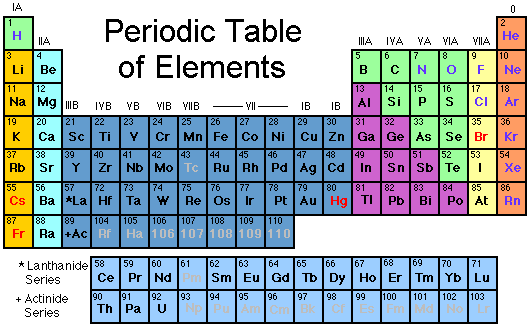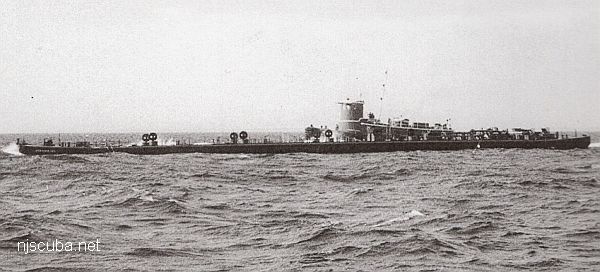Metallurgy

A metal is a chemical element displaying certain properties by which it is normally distinguished from a nonmetal, notably its metallic luster, the capacity to lose electrons and form a positive ion, and the ability to conduct heat and electricity. The metals comprise about two-thirds of the known elements. Some metals, including copper, tin, iron, lead, gold, silver, and mercury, were known to the ancients; copper is probably the oldest known metal.
Physical Properties
Metals differ so widely in hardness, ductility ( the potentiality of being drawn into wire, ) malleability, tensile strength, density, and melting point that a definite line of distinction between them and the nonmetals cannot be drawn. The hardest elemental metal is chromium; the softest, cesium. Copper, gold, platinum, and silver are especially ductile. Most metals are malleable; gold, silver, copper, tin, and aluminum are extremely so.
Some metals exhibiting great tensile strength are copper, iron, and platinum. Three metals ( lithium, potassium, and sodium ) have densities of less than one gram per cubic centimeter at ordinary temperatures and are therefore lighter than water. Some heavy metals, beginning with the densest, are osmium, iridium, platinum, gold, tungsten, uranium, tantalum, mercury, hafnium, lead, and silver.
For many industrial uses, the melting points of the metals are important. Tungsten fuses, or melts, only at extremely high temperatures ( 3,370°C ) while cesium has a melting point of 28.5°C. The best metallic conductor of electricity is silver. Copper, gold, and aluminum follow in the order named. All metals are relatively good conductors of heat; silver, copper, and aluminum are especially conductive. The metal uranium is used in reactor piles to generate steam and electric power. Some of the radioactive metals not found in nature are produced by nuclear bombardment.
Some elements, e.g., arsenic and antimony, exhibit both metallic and nonmetallic properties and are called metalloids. Furthermore, although all metals form crystals, this is also characteristic of certain nonmetals, e.g., carbon and sulfur.
Chemical Properties
Chemically, the metals differ from the nonmetals in that they form positive ions and basic oxides, and hydroxides. Upon exposure to moist air, a great many undergo corrosion, i.e., enter into a chemical reaction; e.g., iron rusts when exposed to moist air, the oxygen of the atmosphere uniting with the metal to form the oxide of the metal. Aluminum and zinc do not appear to be affected, but in fact, a thin coating of the oxide is formed almost at once, stopping further action and appearing unnoticeable because of its close resemblance to the metal. Tin, lead, and copper react slowly under ordinary conditions. Silver is affected by compounds such as sulfur dioxide and becomes tarnished when exposed to air containing them. The metals are combined with nonmetals in their salts, as in carbides, carbonates, chlorides, nitrates, phosphates, silicates, sulfides, and sulfates.
The Electromotive Series
On the basis of their ability to be oxidized, i.e., lose electrons, metals can be arranged in a list called the electromotive series, or replacement series. Metals toward the beginning of the series, like cesium and lithium, are more readily oxidized than those toward the end, like silver and gold. In general, a metal will replace any other metal, or hydrogen, in a compound that it precedes in the series, and under ordinary circumstances, it will be replaced by any metal or hydrogen, that it follows.
Metals in the Periodic Table
Metals fall into groups in the periodic table determined by similar arrangements of their orbital electrons and a consequent similarity in chemical properties. Groups of similar metals include the alkali metals ( Group Ia in the periodic table, ) the alkaline-earth metals ( Group IIa in the periodic table, ) and the rare-earth metals ( lanthanide and actinide series. ) Most metals other than the alkali metals and the alkaline earth metals are called transition metals the oxidation states, or valence, of the metal ions vary from +1 for the alkali metals to as much as +7 for some transition metals.
Sources and Uses
Although a few metals occur uncombined in nature, the great majority are found combined in their ores. The extraction of metals from their ores is called metallurgy. Metals are mixed with each other in definite amounts to form alloys. Bronze is an alloy of copper and tin, and brass contains copper and zinc. Steel is an alloy of iron and other metals with carbon added for hardness.
Since metals form positive ions readily, i.e., they donate their orbital electrons, they are used in chemistry as reducing agents. Finely divided metals or their oxides are often used as surface catalysts. Iron and iron oxides catalyze the conversion of hydrogen and nitrogen to ammonia in the Haber process. Finely divided catalytic platinum or nickel is used in the hydrogenation of unsaturated oils. Metal ions orient electron-rich groups called ligands around themselves, forming complex ions. Metal ions are important in many biological functions, including enzyme and coenzyme action, nucleic acid synthesis, and transport across membranes.
Alloys
An alloy substance with metallic properties that consists of a metal fused with one or more metals or nonmetals. Alloys may be a homogeneous solid solution, a heterogeneous mixture of tiny crystals, a true chemical compound, or a mixture of these. Alloys are used more extensively than pure metals because they can be engineered to have specific properties. For example, they may be poorer conductors of heat and electricity, harder, or more resistant to corrosion.
Alloys of iron and carbon include cast iron and steels; brass and bronze are important alloys of copper. Amalgams are alloys that contain mercury, and chromium is an important additive in stainless steel. Because pure gold and silver are soft, they are often alloyed with one another or with other metals.
New alloys are being engineered for use in new technology, including materials for the space program. Metallic glasses and crystalline alloys have also been developed, and metal alloys are sometimes bonded with ceramics, graphites, and organic materials as composites.
compiled from various sources

